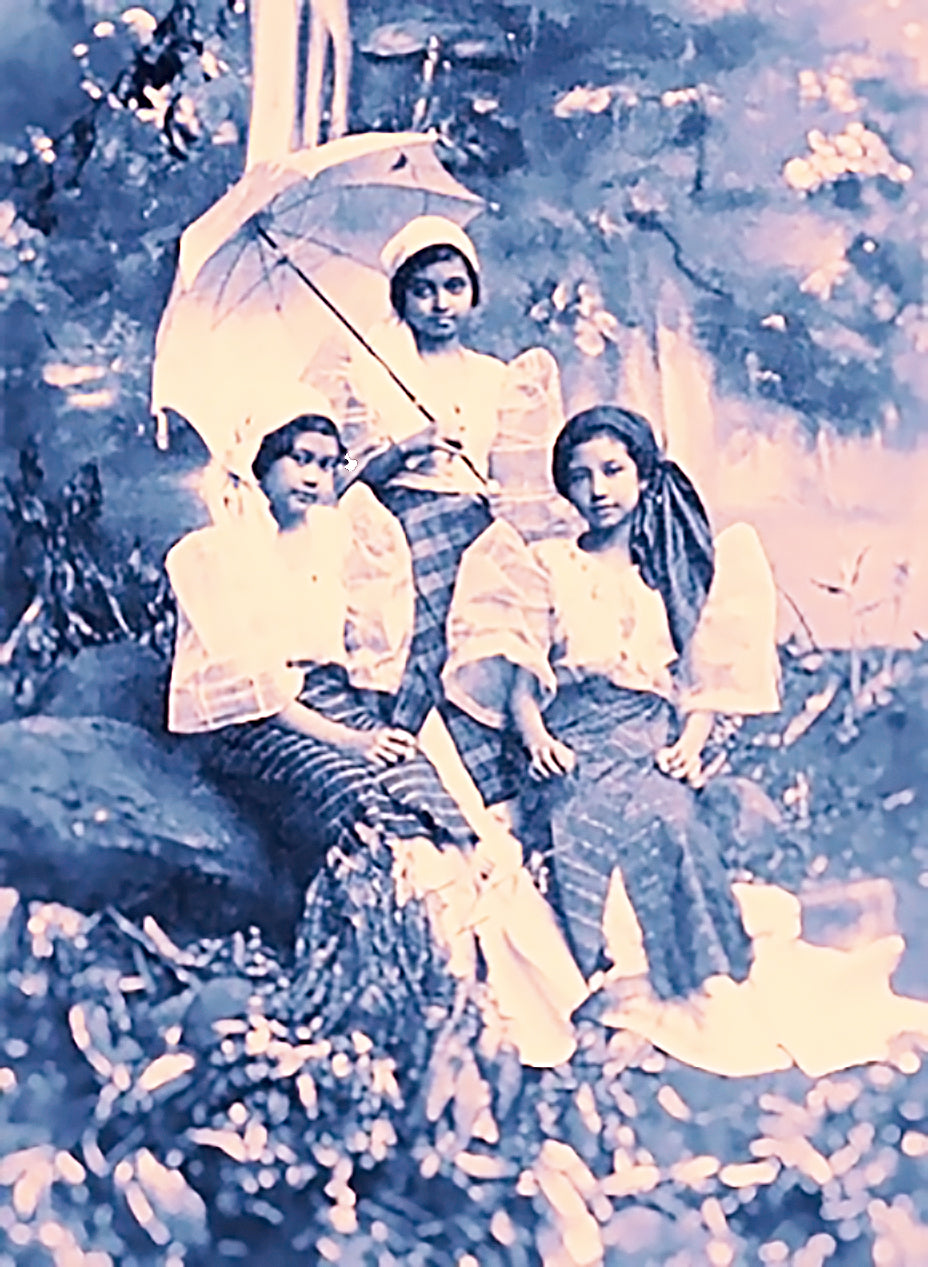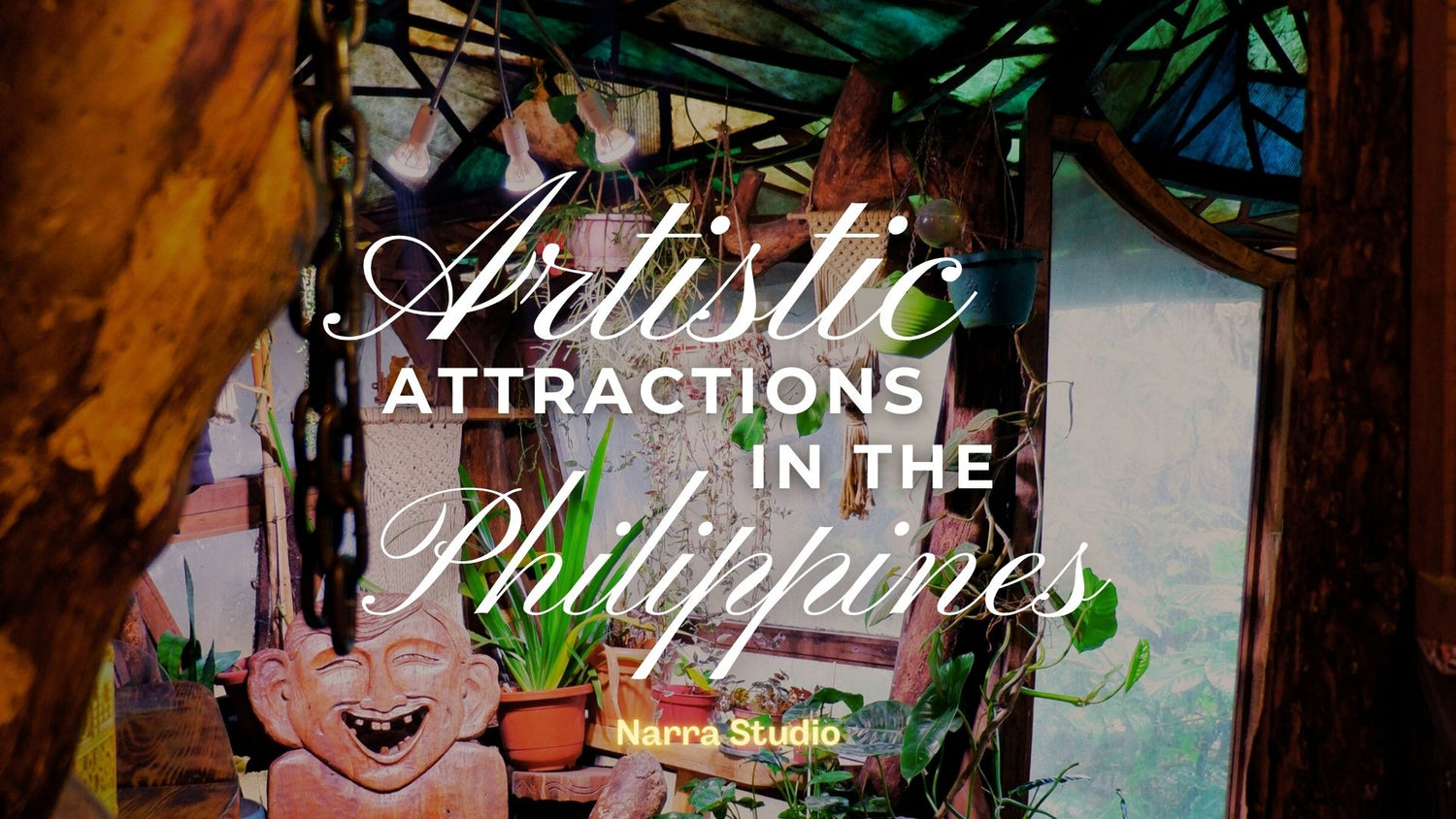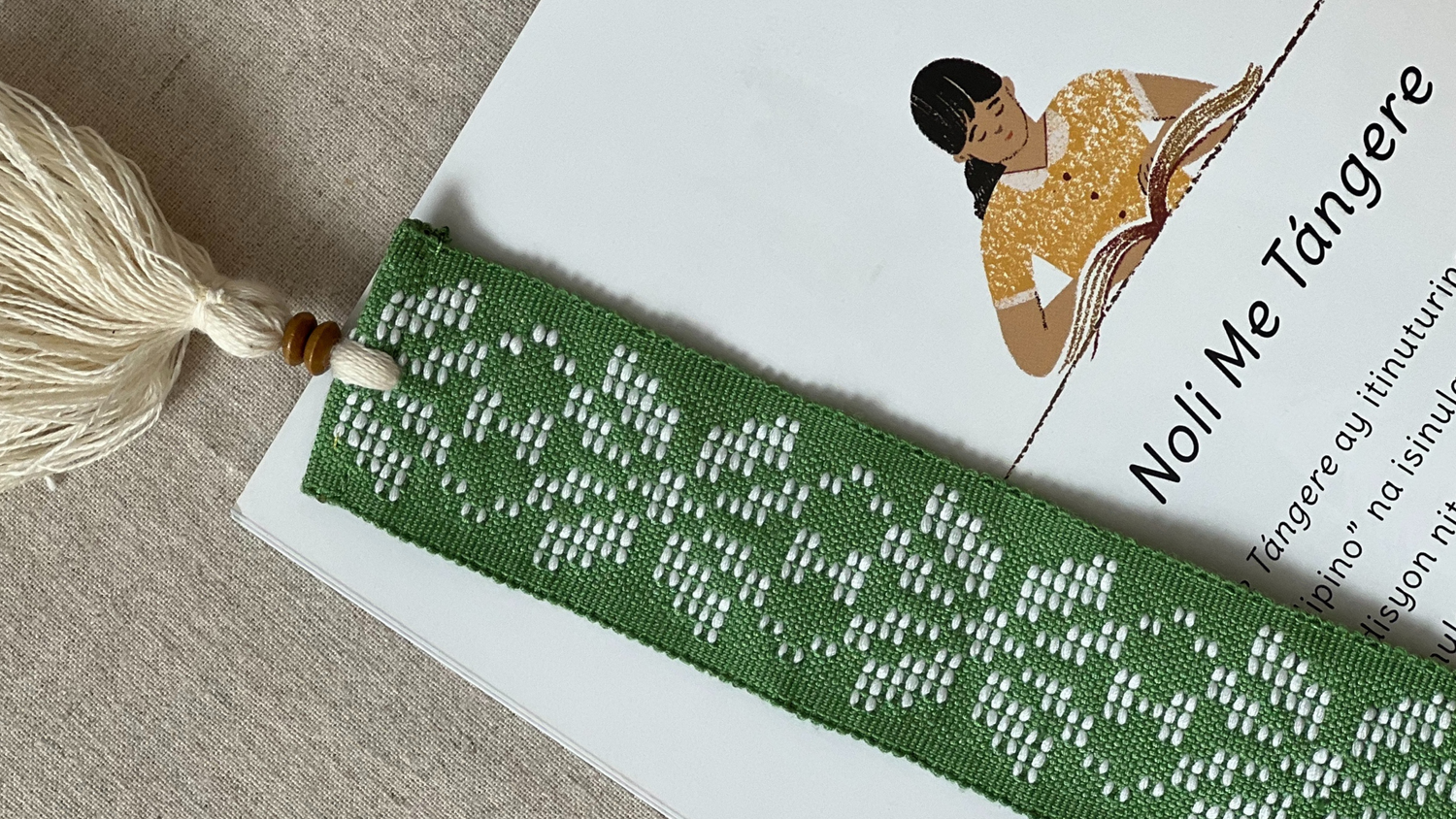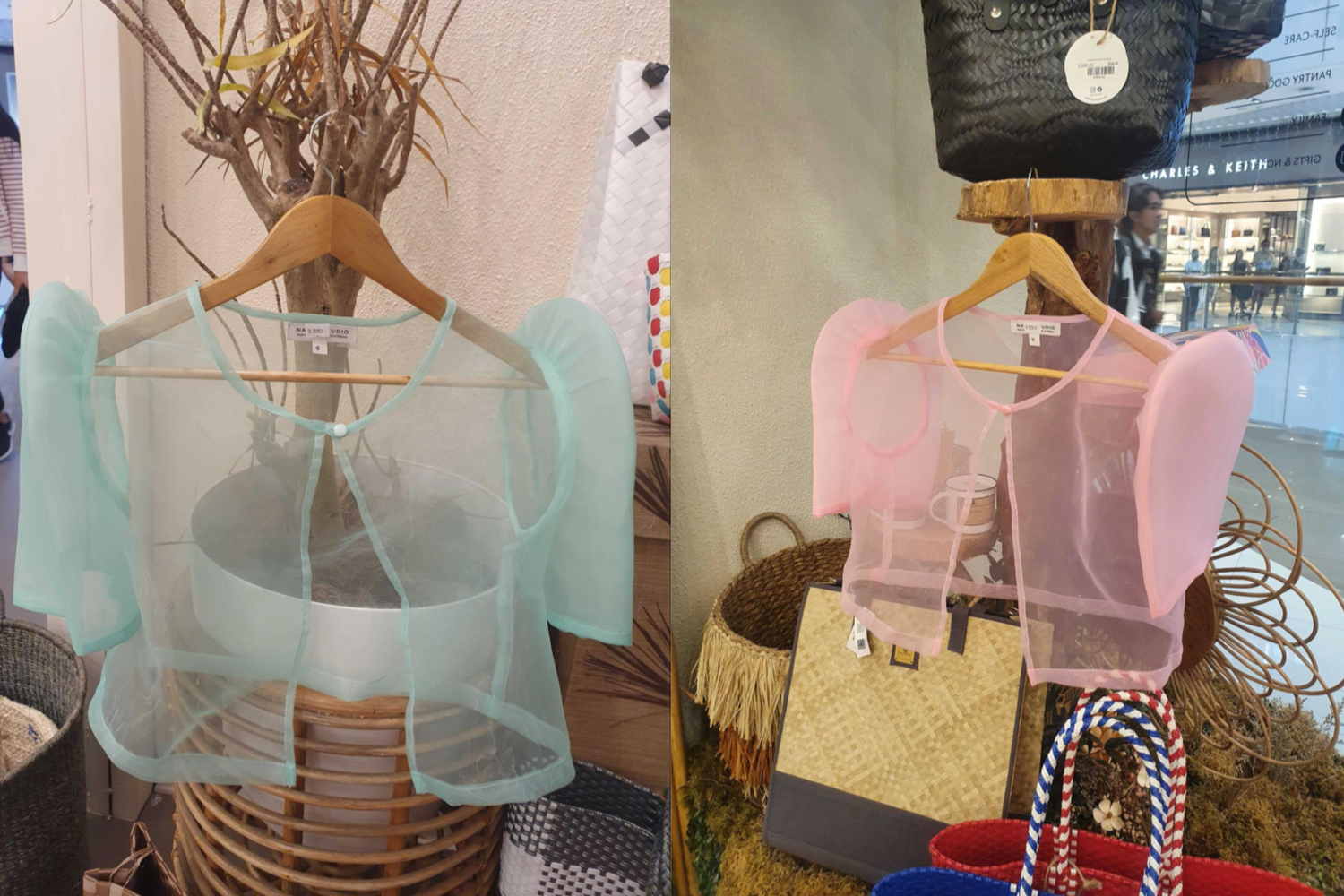Clothing and fashion are signifiers of identity, the social fabric of society, and markers of cultural beliefs and historical change. Filipiniana clothing such as the Maria Clara gown, the terno, and cultural dress have played important roles in the heritage of the Philippines. Many historical books and museum records mark the evolution of Filipiniana clothing and how it has shaped personal and community identities of the country.
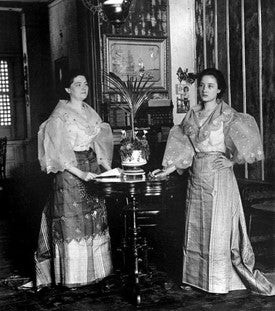
What is the Filipiniana?
The Filipiniana is a traditional outfit with puffy oversize sleeves, a blouse (baro or camisa), a long skirt (saya), and a panuelo (a piece of fabric worn as a head covering or as a scarf around the neck) draped over the shoulders. But Filipiniana did not always take on such an appearance. Looking at a brief chronology of how the Philippine dress evolved, we can see transformation of garments from previous generations to current-day modern Filipiniana.
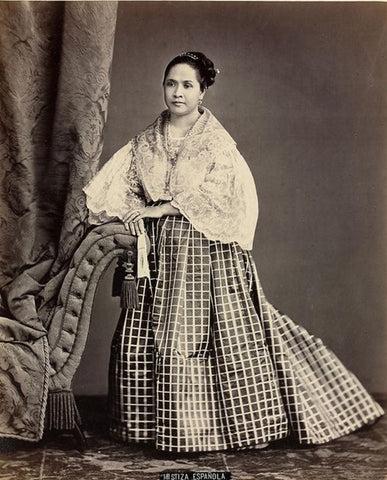
The Tapis
In early centuries pre-dating Spanish colonization, women wore garments called tapis, an unstitched cloth wrap-around skirt knotted at the waist or below the bust—much like other Asian and Southeast Asian garments like the Indian sari and Indonesian songket. It was a simple yet effective means in covering the body from the harsh weather. Tapis garments are still worn as cultural attire especially in northern Luzon. In other parts of the Philippines, tapis-like garments are known in other languages as the patadyong and malong, similar skirt-like garments yet sewn into a tubular shape.

 Photos: Philippine Folklife Museum Foundation
Photos: Philippine Folklife Museum Foundation
The Baro't Saya
Influenced by Spanish tastes, parts of Philippine society adapted to clothing that was made from finer and lighter materials such as the pineapple fiber or piña. Pineapples were imported from South America to the Philippines during the Manila Galleon trade, and weaving and embroidering pineapple fiber became a distinctly Filipino artform. Visual inspirations took cues from religious ornamentation such as sculptures of the Virgin Mary and European fashion of the day. The Hispanicized Baro't Saya (baro at saya) had a camisa-style bodice and a floor-length tapis-style saya or skirt.
 19th Century Baro or Camisa Blouse at the Metropolitan Museum of Art
19th Century Baro or Camisa Blouse at the Metropolitan Museum of Art

Photo by the Philippine Folklife Museum Foundation
The Balintawak
The Balintawak is the more relaxed variant of the baro't saya, often depicted in use in the country-side. It has a shorter length, puffy sleeves, and a high-waisted bodice with a checkered motifs. The Balintawak is often associated with celebration, carefree country atmosphere, and summer pleasures.
 Photo by the Philippine Folklife Museum Foundation
Photo by the Philippine Folklife Museum Foundation
The Maria Clara
The baro't saya continued to transform with the significant influence of Spanish colonizers and contributing factors of a rising economy and exposure to Western design. A new ideal of Philippine fashion called the Maria Clara, after Jose Rizal's female heroine, became the image of elegance and beauty.
 Photo by the Philippine Folklife Museum Foundation
Photo by the Philippine Folklife Museum Foundation
The Maria Clara typically was comprised of four components: the light and delicate baro or camisa blouse of jusi or pineapple fiber; the saya or long skirt made of paneled cloth; from Spanish influence, the panuelo scarf, also known as an alampay, a stiff triangular shawl or veil worn to demonstrate modesty; and the tapis, an opaque rectangular cloth that wrapped around the saya.
The Traje de Mestiza
During the early 1900s after the US acquired the Philippines upon winning the Spanish-American War in 1898 and 1899, a newer version of the Maria Clara emerged. The baro sleeves morphed into larger, extravagant butterfly sleeves. The panuelo was a scaled-down version of its predecessor. The boxy design of the bodice gave way to a more shapely and fitted silhouette. The skirt became narrower and more ornate, with a lengthy train known as a saya de cola.
 Photo by the Philippine Folklife Museum Foundation
Photo by the Philippine Folklife Museum Foundation
The Terno
As time passed, the traditional traje de mestiza was replaced with designs yielding to the modern fashions of the day. The terno--especially with its iconic arched, flat sleeves--was embraced, leaving behind the panuelo shawl and tapis overskirt of previous Filipiniana iterations. Originally, the term "terno" meant "matching," referring to matching set of top and bottom garments. However, its meaning shifted throughout the 1940s, and it now refers to the single, classic Philippine outfit.
 Photo by the Philippine Folklife Museum Foundation
Photo by the Philippine Folklife Museum Foundation
Modern Filipiniana
Although Filipiniana is often associated with traditional Philippine clothing beginning with earlier pre-colonial garments to the elaborate dress of centuries before, wearing contemporary or modern Filipiniana designed for today is an aspiration of many Filipinos around the world. Modern Filipiniana retains the grace and sophistication of traditional Filipiniana and incorporates Filipiniana into everyday clothing.
Integrating Filipiniana has been challenged especially by the belief it is only appropriate for Philippine cultural activities or more formal gatherings. Yet modern Filipiniana designed for everyday fashion, blended with classic Filipiniana styles, is the perfect way to bring our cultural heritage into our wardrobe. This includes in our daily wear such as work attire and school, to special moments such as weddings, graduations, events, and parties. As history as shown, Philippine fashion--from the traditional Filipiniana to modern Filipiniana--has been flexible and ever-changing--an evolving idea that combines the cultural mores of the day with the elegant silhouettes worn through the centuries. Modern Filipiniana pieces, like those here made at Narra Studio, integrate traditional techniques and fashions in a collection of curated pieces made for all those who appreciate and proudly wear Filipinx heritage.


